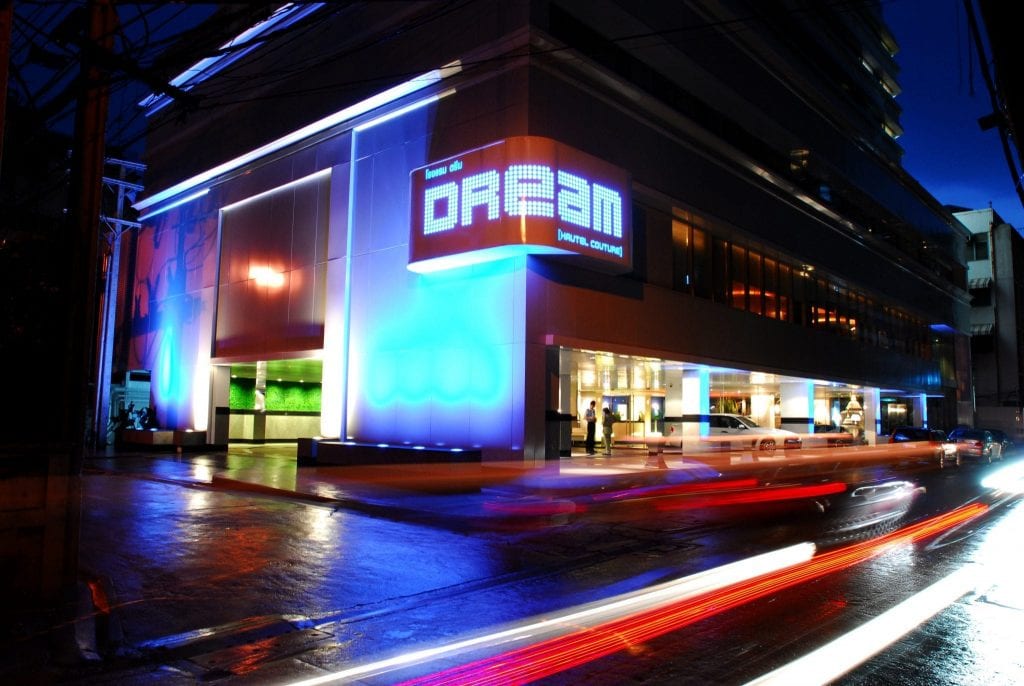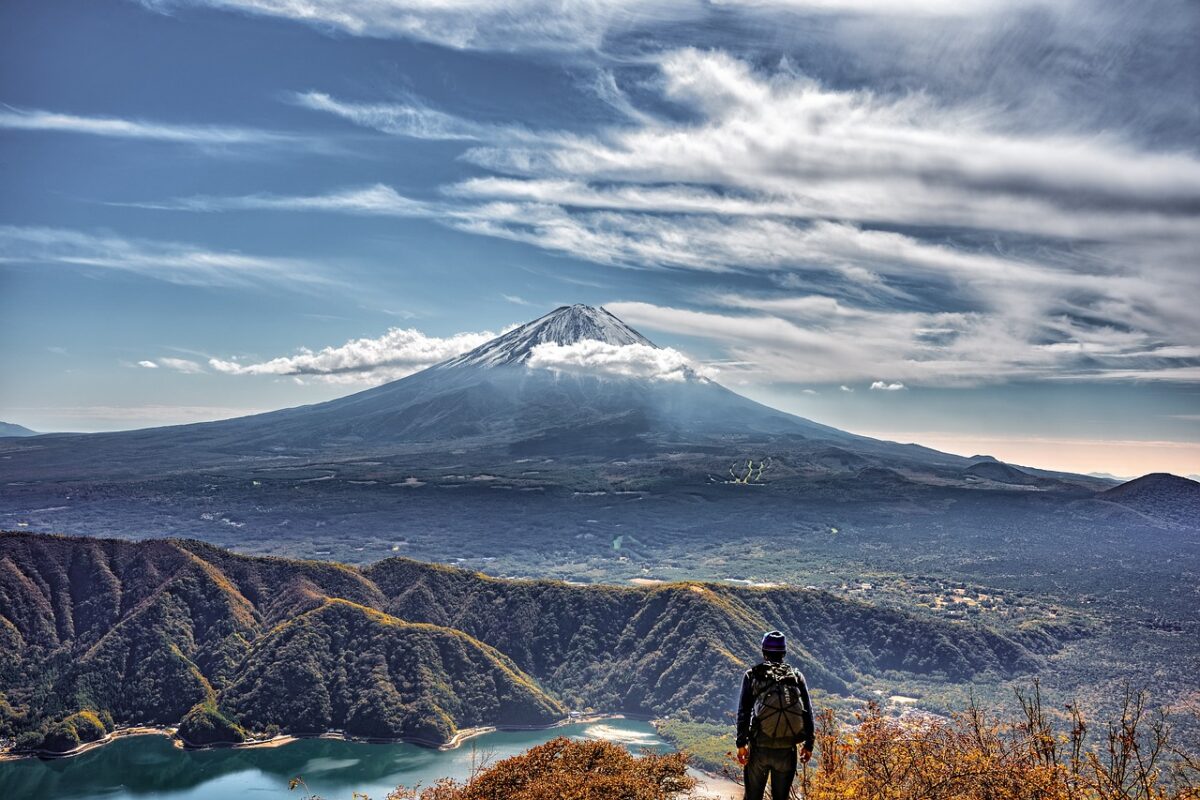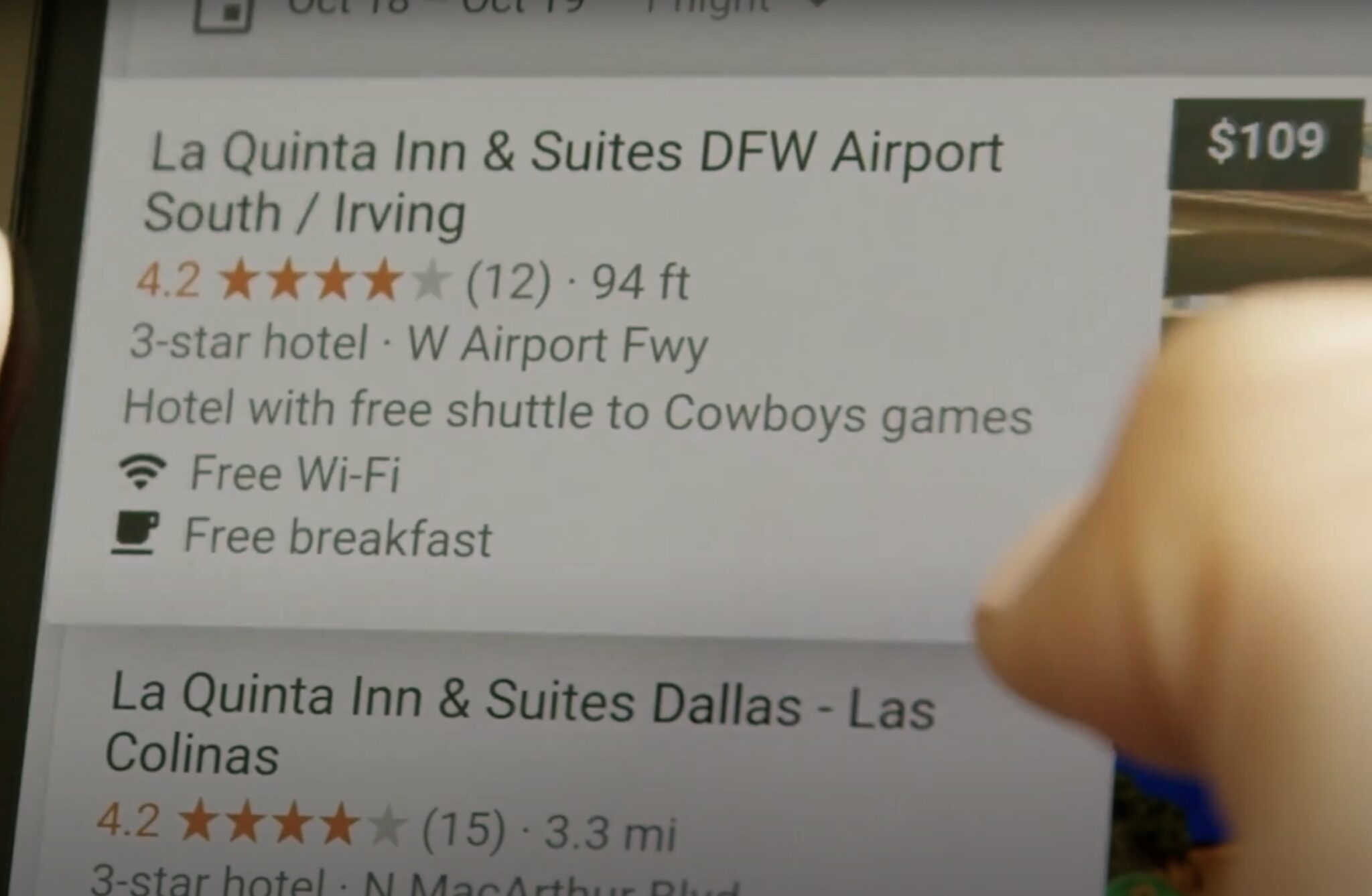Why Is It Getting Harder for Boutique Hotel Brands to Expand in Asia?

Skift Take
Dream Hotel Group, Standard Hotels, Ace Hotel, Trump Hotels, Caesars Entertainment, Nobu Hotels, CitizenM, Karl Lagerfeld Hotels, and Laura Ashley Hotels are among a growing list of boutique U.S. and European hotel brands that want to expand in Asia.
They aren’t wrong in thinking that brand novelty, coupled with the region’s robust pipeline, should unlock growth. But while Asian owners do have an appetite for new boutique brands with an entrepreneurial spirit, they aren’t themselves risk takers, say hotel consulting firms interviewed by Skift.
Owners, after all, are making a 15 to 20-year decision on a brand which, successful as it may be in its home ground, remains unproven outside. They question what is its scale, human resource network, distribution system, and support to owners?
Making it harder, global hotel chains are fielding their own boutique brands in Asia, with consolidation giving them expanded development teams and corporate offices in more places throughout Asia.
Add to that homegrown Asian chains that are making huge efforts to grow into the upscale and luxury space after having established themselves in the economy and midscale sectors.
First Steps and Missteps
Take Dream Hotel Group that has only two properties in operation, Dream Bangkok and Dream Phuket, after entering Asia for over a decade.
The former is an aging 10-year-old hotel by now, while the latter is managed by a Singapore-based property development company, Castlewood Group, under a licensed agreement signed in 2015 that called for “20 Dream Hotels over the next 10 years.”
When that turned out to be a pipe dream, the U.S. chain tried to set up its own resources in the region, only to discover finding the right people with the right fit takes time. Its current leadership in Asia is a second fresh start, led by Abid Butt, former CEO of Banyan Tree Hotels & Resorts, who became Dream Hotel Group’s CEO for AMEA in October last year.
Two new vice presidents of development, Kitmun Fung covering Asia-Pacific, and Sunny Li, covering China and North Asia, were appointed recently. One each for India and the Middle East will be made soon.
Butt admits the group’s entry in Asia has been “a little choppy.”
“It is hard when you sit so many miles away to see how you make a go of it. The company has gone through the realization that it is not going to be a US-centric organization and that’s why it is putting resources into growth,” said Butt.
“We are starting to see some traction but the brands [Chatwal, Dream, Unscripted and Time] are very new to this part of the world. We have to be prepared to do some legwork in explaining how we stand out in a very crowded space with lots of brands.”
The Dream Bangkok, comprising two buildings with around 100 rooms each, will be renovated and repositioned as two brands, he said, although no timeline has been set. The next Dream Hotel to open in Asia will be Dream Pattaya, scheduled for 2019. While the group has signed a Dream and a Chatwal in the Maldives, and one Dream each in the Philippines (Carabao Island) and India (New Delhi), these projects will take some time to materialize.
Have Appetite but Scared to Bite
But to scale in a fiercely competitive market, the issues go deeper than just raising awareness of a brand’s possibilities.
“Expanding a new Western and/or unknown brand in Asia is not an easy task,” said Yuval Tal, a partner at Proskauer Rose who heads the firm’s Hong Kong and Beijing offices and co-heads its lodging and gaming group.
“Owners want to see distribution and are hesitant to be the first, or even one of the first 10. That’s why we have seen some of the larger/more well capitalized players, both Western and Asian, use their balance sheet to purchase and/or co-invest in the initial properties, be it luxury, midscale or even economy hotels.
“For most brands, getting over the 15 to 20 hotels level appears to be a key watershed moment. There are exceptions, particularly with brands associated with other luxury goods, but very often those are seeking a smaller number of hotels and base their flagship properties on strong personal relationships with the owners. The other challenge is finding brands that would appeal to Asian customers, as not all the Western brands have that appeal.”
But why are owners seeking new brands in the first place? Because Asian consumers are demanding new brands. About 60 percent of the world’s millennials reside in Asia, are entering their peak earning and spending years and are charting the trends in hotels and travel.
Said Robert Williams, partner and head of hotels and hospitality Asia-Pacific of Withers Worldwide based in Singapore: “It starts with the consumer. Travelers, business or leisure, want something distinctive that gels with them. Bland/generic short term accommodation is a price point decision, with no aspirational element that does not engender loyalty. A number of long-standing global brands are close to dead-in-the-water on that score today, and that will show in the numbers in the decade ahead if they do not reinvent.
“On the other hand, offerings with actual relevance, appeal and connection with guests are what every brand needs to deliver. There is no question customers are seeking out that connection, and so in particular I expect Asian owners will chase the brands that build it. Those brands should be able to offer rate-premium, and if we’re talking ‘lifestyle,’ that’s a great way to build profit in a sub-luxury segment.”
Another reason, added Eric Levy, managing director, Tourism Solutions International, Singapore, is there are Asian owners who do not want to work with the behemoths, preferring the more personal approach of a more intimate size management group that allows for a more robust ‘chairman to chairman’ relationship.
So there are opportunities, particularly when Asia-Pacific’s hotel pipeline is at an all-time high of 1,749 hotels with 369,045 rooms, according to Lodging Econometrics report in September. That’s excluding China and represents a 306 percent growth by rooms and 270 percent by projects from 2007 when the lodging consultant firm first began tracking Asia hotel development.
But, forget entry markets in Asia such as Hong Kong, where there is no supply. The opportunities are in locations where most existing brands are already present, sometimes with more than one property, such as Shanghai, Macau, Beijing and Tokyo, and in the more unique segments of the market such as resorts, ski and gaming, said Proskauer’s Tal.
How To Do It Right
A way for smaller Western brands to grow in Asia is to “put some skin in the game” and grow through acquisitions where they own and operate, joint ventures, leases, income guarantees or significant key money, according to Daniel Yip, JLL Hotels & Hospitality Group senior vice president strategic advisory and asset management,
“Sometimes, new smaller brands are required to back their promises of delivering with financial incentives such as income guarantee, incentive fee stand-aside, among others,” said Yip. “While financial incentives are on a case by case basis, they can assist new brands to be more attractive to owners.”
The company’s 2018 Hotel Management Contracts report shows 13 percent of the 98 contracts in Asia-Pacific surveyed includes a financial contract in it.
Likewise, Withers’ William said new brands must be willing to deploy capital to kickstart their growth.
“Acquiring an existing portfolio, buying and reflagging individual assets, can get the brand out fast, and build critical momentum. Capital can then be recycled into delivering the next phase of growth once the brand and initial portfolio is proven.
“Dry management deals for new-build hotels opening in three to four years time won’t get you there, besides they are being soaked up by existing players,” Williams said.
“The days of owners ‘launching’ brands for operators, with no meaningful cash commitment from the brand, are close to an end.”
Another lesson observed thus far is, discipline, as in don’t just take the first deal that comes along.
“To get the pixie dust to really work and transfer the premiums that brands may have in one region to another, the hotel group must exercise discipline, not to just take the first deal, but to make sure that its first project in a new region is a home run,” said Tourism Solutions’ Levy.
Ironically, he uses an Asian brand’s example of expanding overseas.
“One need not look further than Alila’s first North American project, Ventana Big Sur. This was a premium property to begin with and benefited from a significant renovation and had a high probability of success even if it had retained its independent status. Even its first Emirati project, Jabal Al Akhdarin Oman, had an absolute stunning location and architecture,” said Levy.




